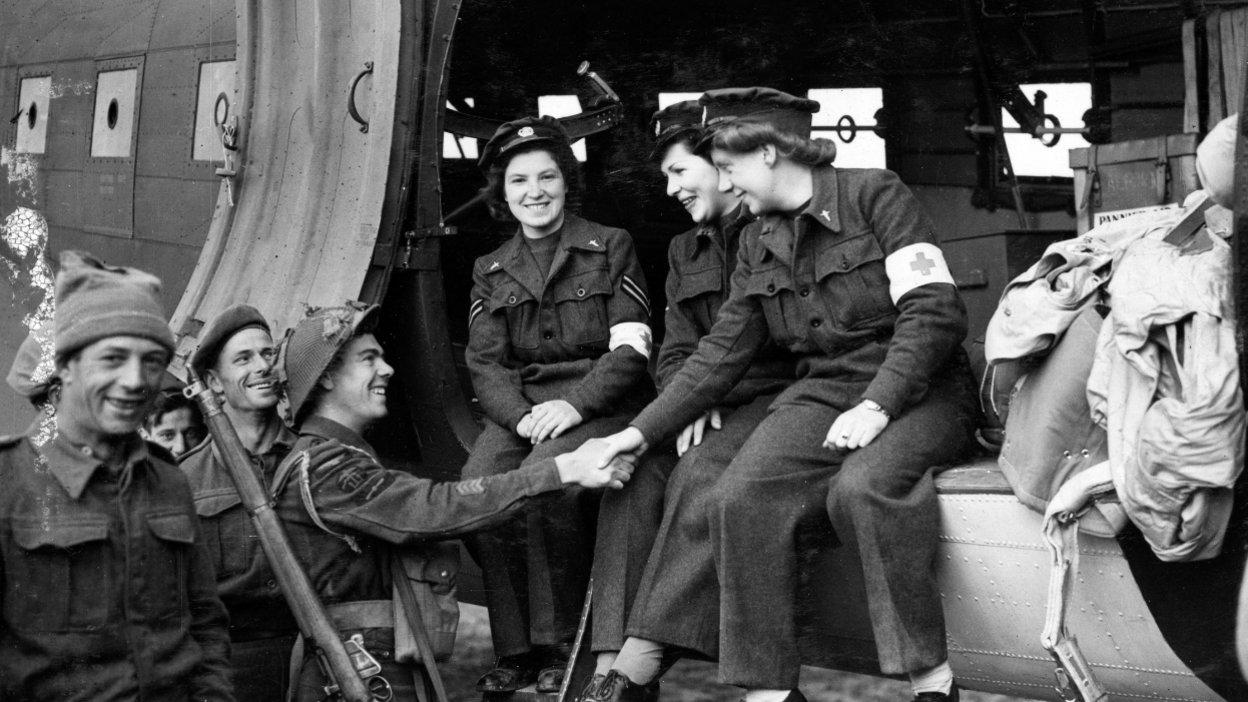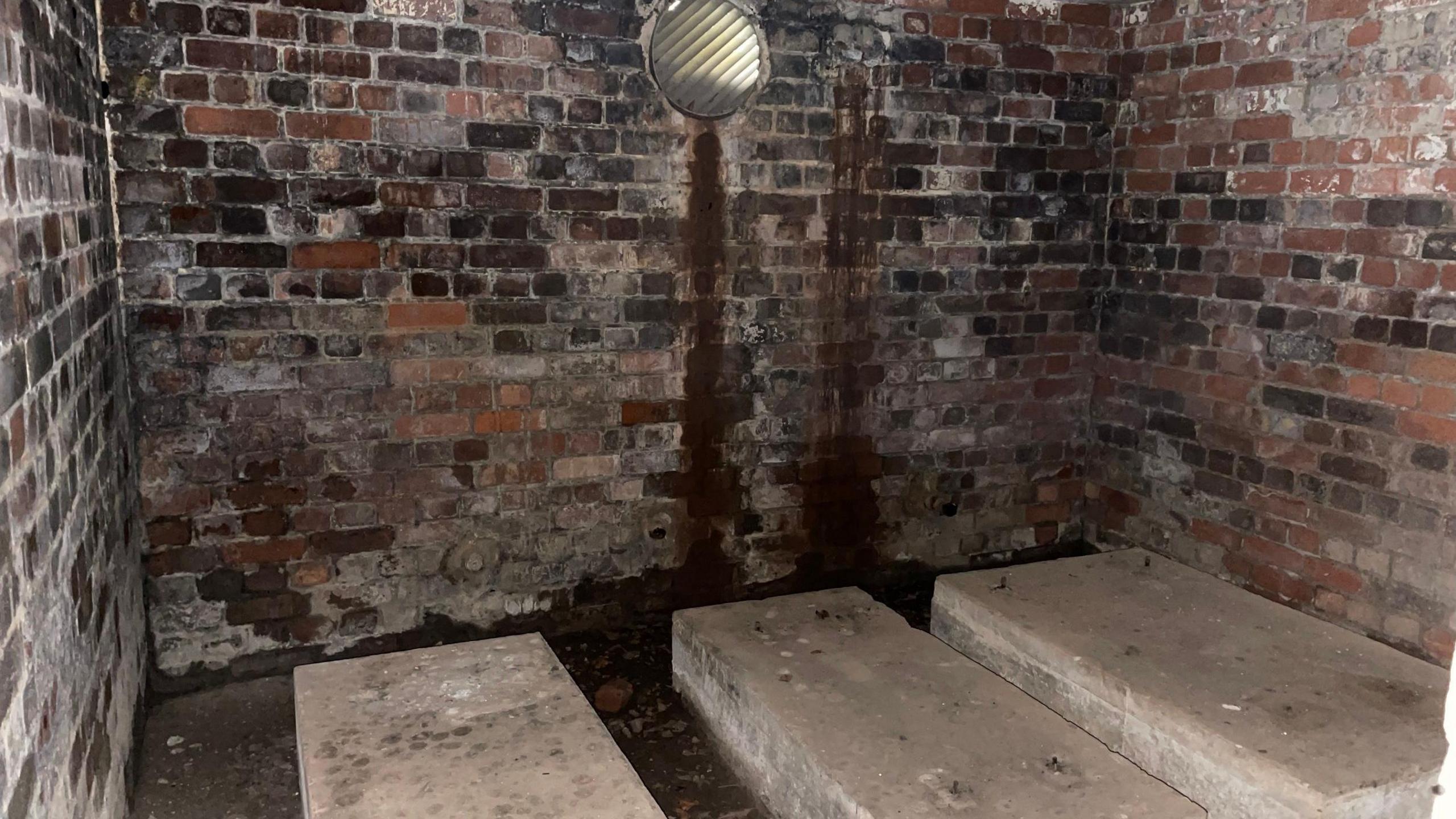How a site on the Mendips helped fool the Nazis

Image caption, One of three disused bunkers on Black Down used during World War Two
1 of 5
- Published
Hidden at the top of the Mendip Hills are the remains of a top secret 'city' from World War Two. Black Down was one of 12 Starfish sites around Bristol, and the first of 800 in the UK. The goal was to trick German pilots into bombing open countryside instead of cities.
Across the UK, decoy sites - codenamed Starfish sites - helped to divert thousands of tonnes of bombs - saving thousands of lives.
Mike Harvey hosts guided walks up to the site on Black Down, near Cheddar, on behalf of The Mendip Society.
He said a "huge number of people" do not know the history of the site, which is one of the "best preserved Starfish" locations in the country.
"There's 1,700 earthwork tumps, and three brick-built bunkers," he said.
"It's a fascinating history of how this piece of landscape became a dummy for Bristol to try and divert enemy bombs."
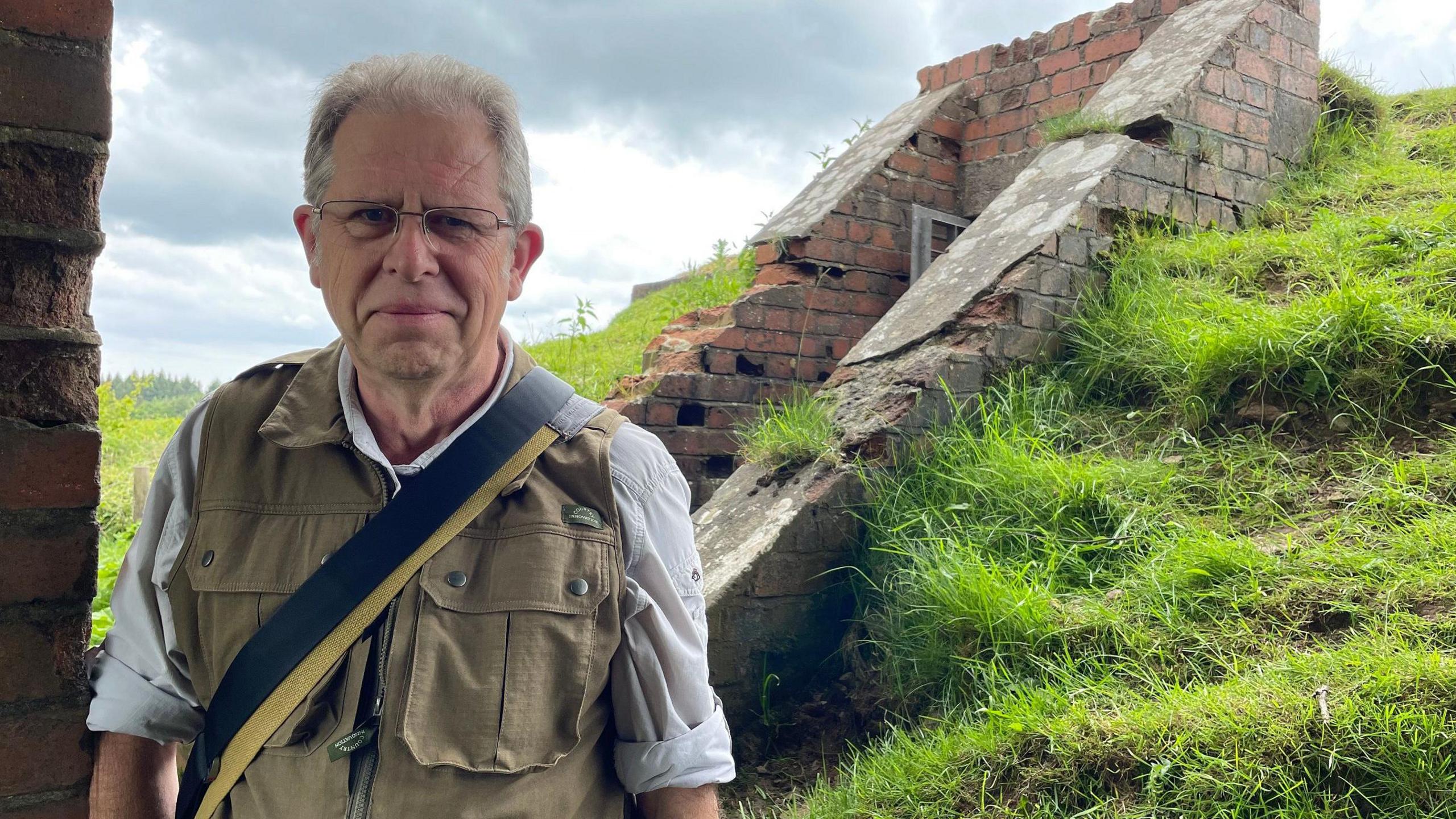
Mr Harvey learned about Starfish sites while reviewing a book, written by his former headmaster, Donald Brown
Starfish sites were part of a nationwide programme, introduced after the German bombing raids on Coventry in 1940.
Overseen by Royal Engineer Colonel John Turner, sites would be placed strategically around cities, ports, railway stations and military bases.
Experts at Shepperton Film Studios were brought in to design lights and fires to mimic failed black-outs and already bombed locations.
These special effects were then controlled on-site by volunteers, inside brick-built bunkers.
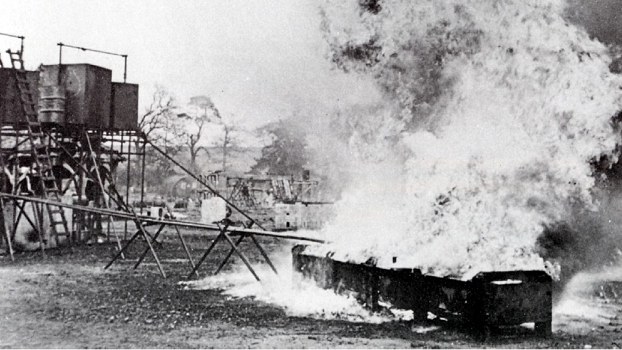
Special effects were used at the Starfish site to trick pilots
Mr Harvey said "Starfish" comes from the initials 'S.F' for Special Fire.
"The site was controlled by a nearby field telephone, where a sergeant would give the signal that German bombers were coming," he said.
"Various lighting effects would be switched on, created by tanks of diesel oil and dripping rolls of Creosote.
"All designed as much as possible to look like a burning city."

Lanterns were placed on the 1,700 earthwork tumps to simulate city lights
Black Down also had an enclosure of rocket launchers near Mendip Raceway, known as Z guns, said Mr Harvey.
"Huge numbers of rockets were sent up by these Z guns to burst in and around the German aircraft," Mr Harvey added.
"Partly to give the illusion that they were being shot at.
"But also spooling out wire, which would get caught in wings and engines and hopefully bring a few down."
Not the most successful
Bristol endured five months of bombing raids between November 1940 and April 1941.
Almost 1,300 people died and 1,303 were seriously injured.
Mr Harvey said the Starfish site at Black Down was possibly not the most successful due to Bristol being so distinctive.
"It did attract some bombs," he said.
"One of the bunkers has the remains of an old crater where a 500lb landmine went in and shook the foundations of the bunker.
"Overall thousands of tonnes of bombs were diverted by the various Starfish sites.
"Equally thousands of lives were probably saved.
"How effective they were is difficult to say because they were all top secret."

A German bomber crash landed at Warren Farm in Charterhouse
Mr Harvey added: "It's the human story behind it.
"The machinery and the ingenuity is one thing but it's the people that lived through it.
"One guy down at the Uphill Starfish site, when the electrics failed, went out on his hands and knees and lit the fires by hand.
"He was awarded a gallantry medal for being in the line of fire."
Mr Harvey is planning to host more guided walks to the site towards the end of the year.
Follow BBC Bristol on Facebook, external, X, external and Instagram, external. Send your story ideas to us on email or via WhatsApp on 0800 313 4630.
Related topics
- Published2 April 2024
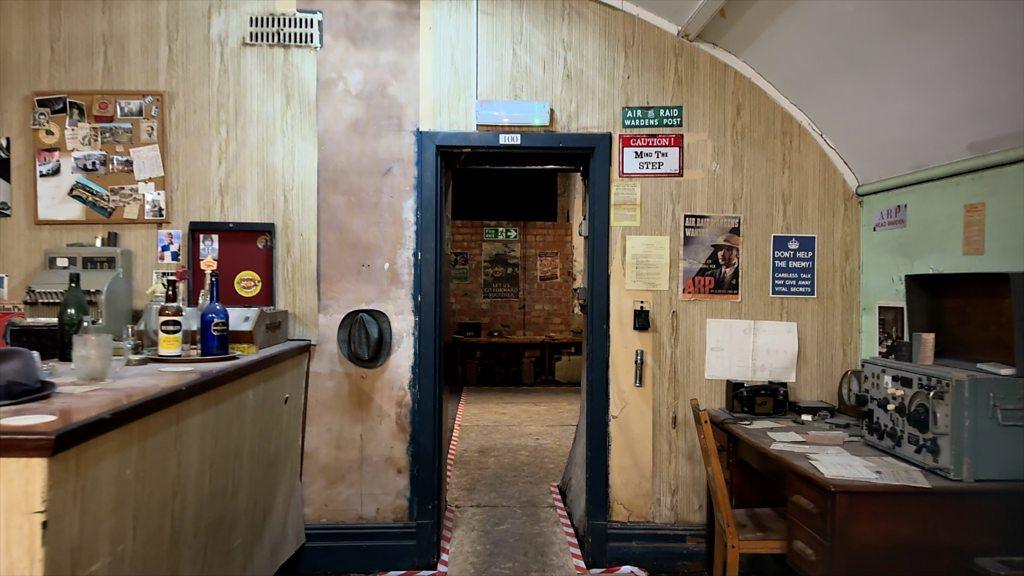
- Published13 June 2024
